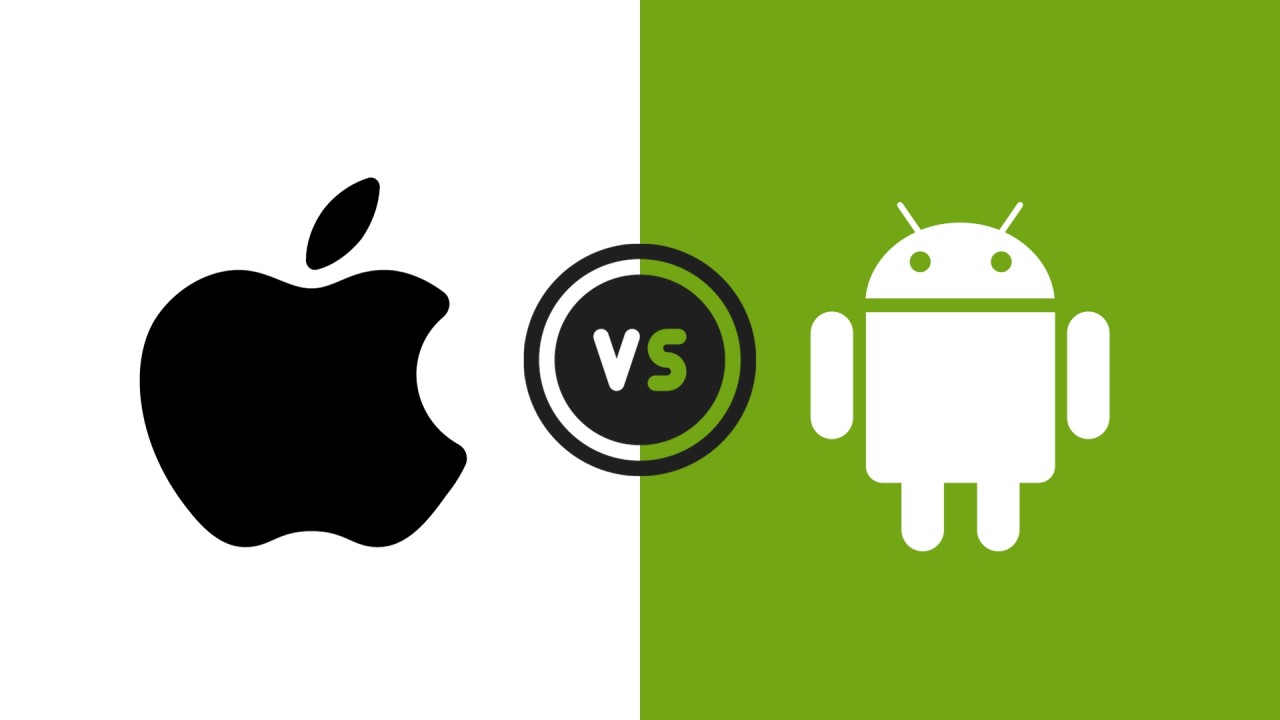
What’s the difference between iOS and Android development
April 02, 2025When planning a mobile app, it is essential to choose between iOS and Android development. Both platforms dominate the global market but cater to distinct audiences and have unique challenges and advantages. This guide will help you decide which platform aligns with your business goals and user base.
Market insights: iOS vs. Android
The mobile app industry is flourishing, with a global market value of $228.98 billion in 2023 and a projected growth rate of 14.3% annually until 2030.
1. Android holds about 70.7% of the global market share, making it the leader in mobile operating systems.
2. iOS accounts for 28.5%, dominating in regions like the U.S. and Europe.
Understanding your target audience's geographical location and preferences is crucial for making the right choice.
Read on: Turn your brilliant app idea into reality: Here's how to get started.
Core differences between iOS and Android development
While both platforms share the typical app development stages—design, coding, testing, and updates—their differences lie in tools, design philosophy, and market approach. Here are the key factors:
1. Programming languages
1. iOS: Uses Swift, a modern and efficient language, and Objective-C, known for reliability but less developer-friendly.
2. Android: Relies on Java, a proven language, and Kotlin, a streamlined alternative with fewer bugs and faster performance.
2. Development complexity
1. iOS: Easier to develop due to a closed ecosystem with standardised devices.
2. Android: More complex because of varied devices and manufacturers, requiring extensive compatibility testing.
3. Design philosophy
1. iOS: Focuses on minimalism and simplicity, with clean navigation and subtle colours.
2. Android: Emphasises flexibility, animations, and vibrant designs, offering a more dynamic user experience.
4. User demographics and ROI
1. iOS: Attracts high-income users more likely to spend on apps and in-app purchases, offering better ROI.
2. Android: Reaches a broader audience globally, especially in developing regions, but users tend to spend less on apps.
5. Development time and cost
1. iOS: Generally quicker and cheaper due to fewer devices and standardised tools, though Apple’s developer program adds costs.
2. Android: Longer and costlier because of the need to address fragmentation across devices and operating system versions.
6. App store approval
1. iOS: Has a stricter and more time-consuming approval process to ensure security and quality.
2. Android: Offers a faster and less rigorous approval process, enabling quicker deployment.
Pros and cons of each platform
iOS development:
1. Pros: Higher ROI, consistent quality, faster development, enhanced security.
2. Cons: Strict app store regulations, limited customisation, and higher development costs.
Android development:
1. Pros: Greater customisation, broader audience reach, quicker market deployment.
2. Cons: Longer development time, lower monetisation potential, higher vulnerability to security threats.
Which platform should you choose?
Choose iOS if your target audience has higher purchasing power, you need faster ROI, or customisation is not a priority.
Opt for Android if reaching a global audience, customisation, and rapid deployment are key goals.
Ultimately, your decision should be guided by your target market, budget, and app objectives. Both platforms offer unique opportunities, and understanding their strengths will ensure a strategic choice for your business.
